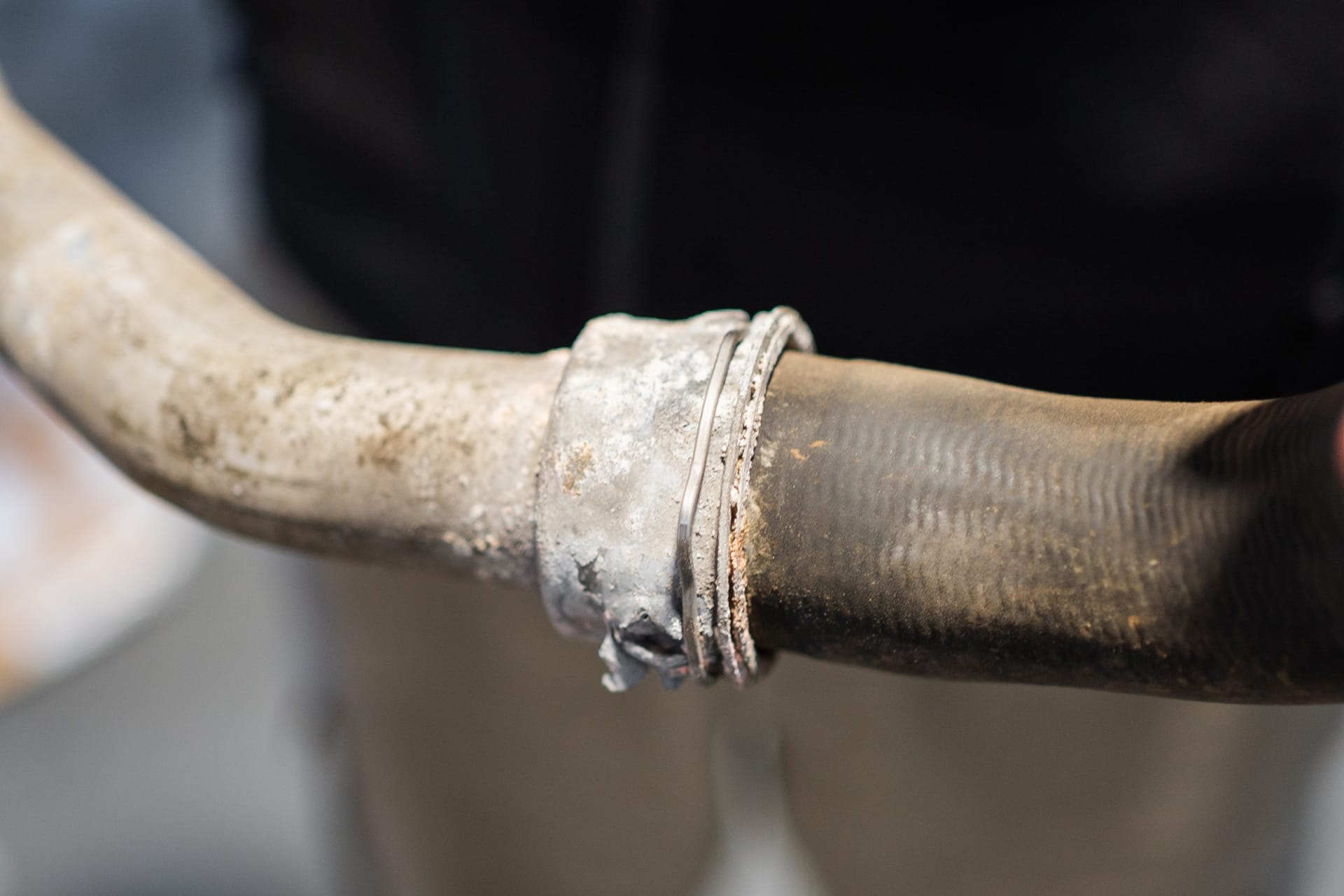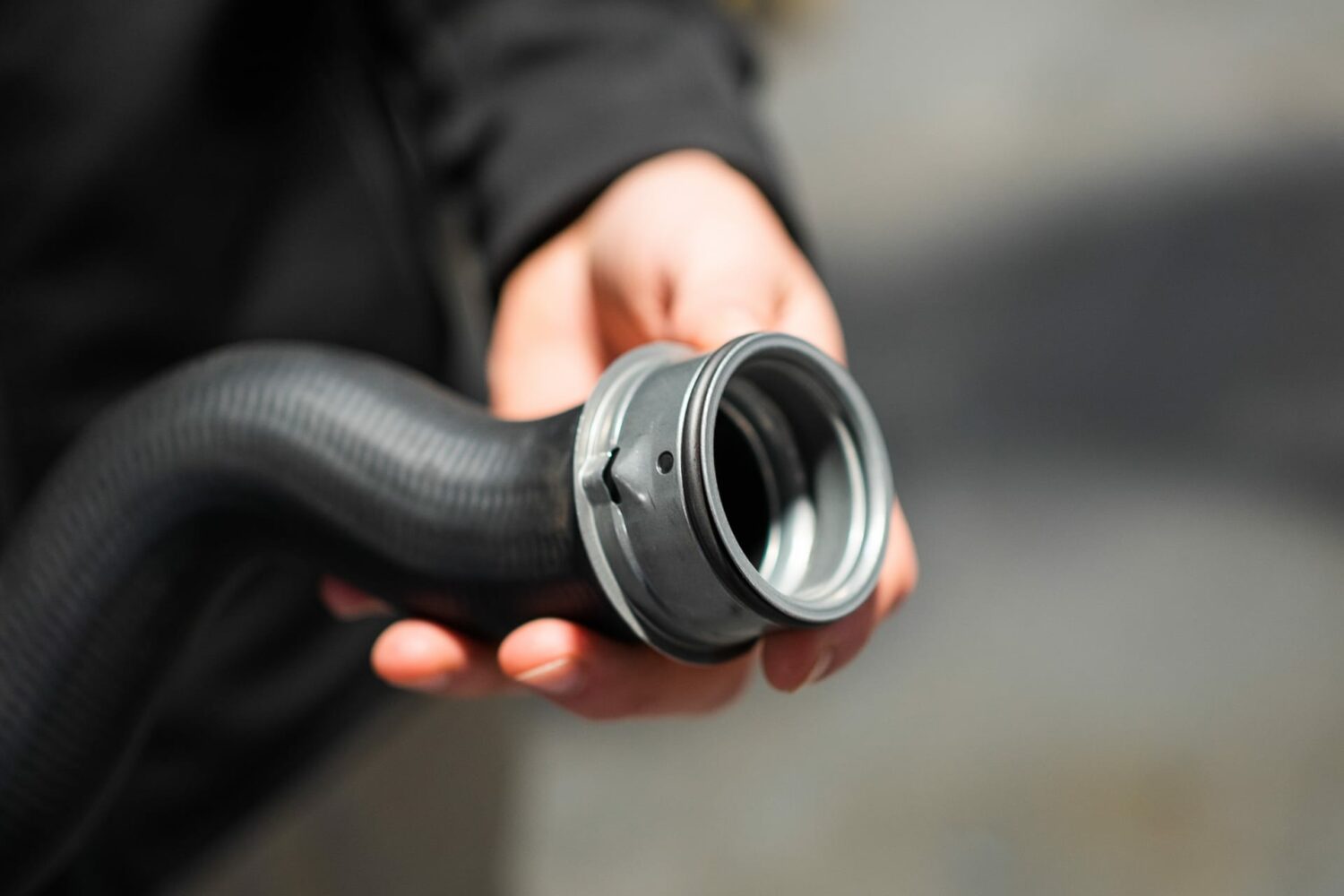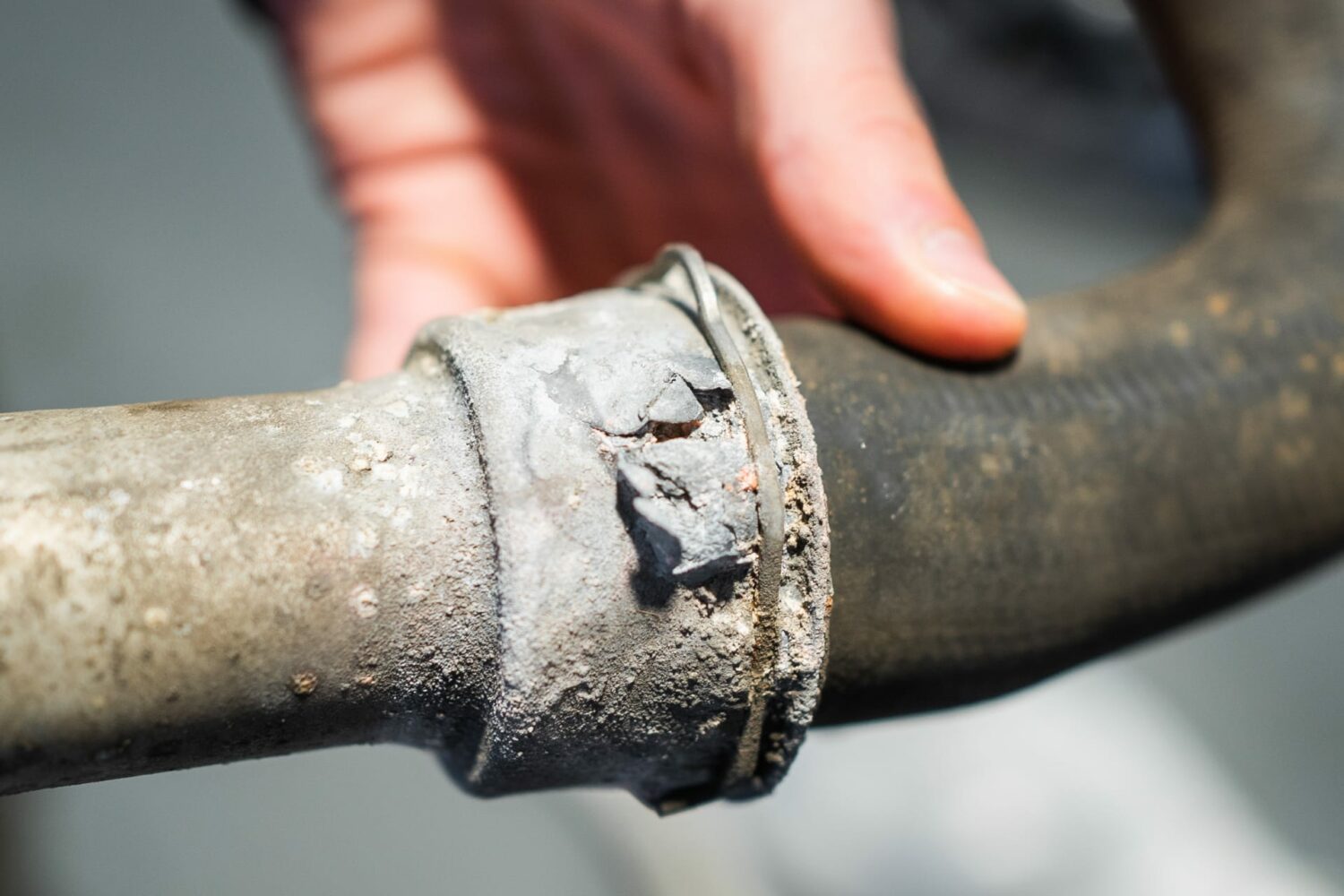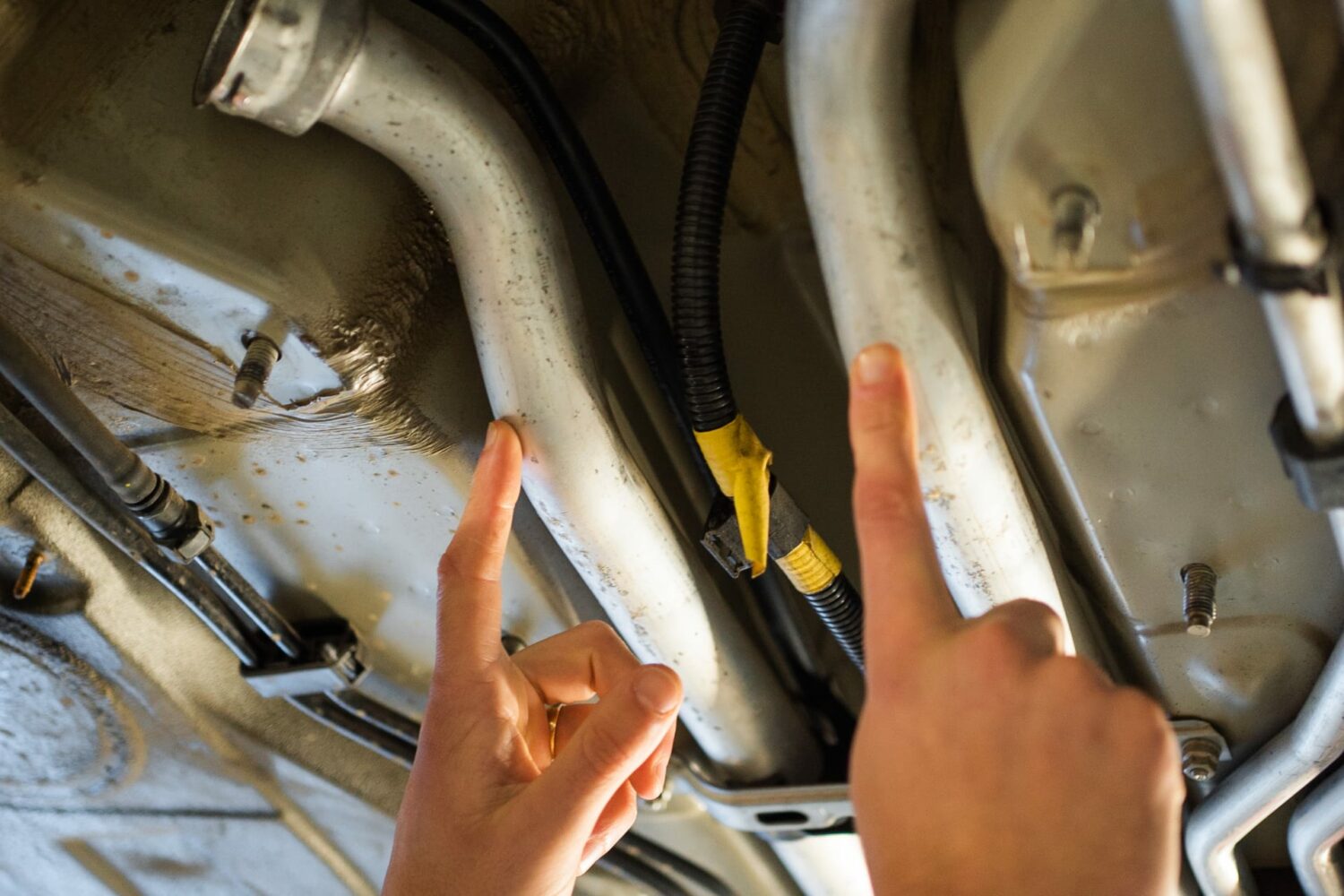
Why would you want to get your coolant lines pinned?
Coolant lines
The coolant in a water-cooled Porsche engine does exactly what it says on the tin, it keeps the engine cool. The pink-coloured liquid we call coolant is primarily made up of water and ethylene glycol. Ethylene glycol lowers the freezing point when cold and increases the boiling point when hot, this regulates the heat cycles that your engine goes through to avoid overheating and the coolant turning from a liquid to a gas. Heat transfer is much better at interface from a solid to a liquid compared to from a solid to a gas. Simplistically your engine has a jacket around it, where the water pump pushes and pulls the coolant to constantly regulate the engine temperature. The coolant lines then carry the coolant to the front of your Porsche where the radiators cool the liquid down before it returns back to the water pump and around the engine again. Typically the system contains around 24 to 28 litres of coolant. The approximate mix is 50/50 coolant with water. The coolant pipes and lines are quite large in diameter to allow the coolant to pass quickly and to manage the temperatures more effectively.

Cool connections
The system that carries your coolant is a mixture of rubber hoses and aluminium pipes. Both have different fittings made from different materials. As time progresses, the fittings do have a habit of corroding and can often leak. A really common fix we undertake is the replacement of the coolant cross-over pipes on the front axle. This area has the most number of joins and therefore, a higher propensity to leak. They are quite easy to check and often you will notice a slightly sweet smell when there is a leak. There is also evidence of crusty deposits where the leaks auto-seal from the hardening of the coolant additive. If you turn your steering wheel full lock either way and peer into the arch next time you are in your garage, you will notice some black rubber pipes which often have some white crusty deposits on the joints. There are aluminium pipes that run back under the centre of the car that is hidden by the undertrays. These eventually connect back to the engine, where there is a connection on the front of the engine.

The problem
This is a problem that is peculiar to the Metzger engine GT3’s and related to the connection where your coolant pipes attach to the engine. It is this area that gets “pinned’. These two large pipes have a push fixing with a c-clip that holds it in place. If the pipe connection and/or fixing were to fail, the coolant is sprayed out of the pipes at high pressure, spraying over the back of the car and the rear tyres. This is a problem whenever it happens, however, it can be a particularly large problem on track days, when your car and those following you are driving on the grip limit already. There is also the not insignificant issue of the engine running without any coolant in it.

The fix!
Whilst this all sounds rather dramatic (and it is if you have seen videos on YouTube at the Nürburgring!), it is actually a relatively rare issue to encounter. The fix to stop the large coolant lines from failing requires the engine to be removed, and the lines then welded (pinned) to secure them. As the engine takes around 10 +/- hours to remove and refit, this may be one of those jobs that are best done in conjunction with other work to make the exercise more cost-effective. Alternatively, where a car is being used extensively on a circuit, where the running temperatures are higher and the potential implication of failure more catastrophic, this may warrant a dedicated exercise as a preventative measure. Whilst your car is on a ramp our technicians can visually inspect the standard of your other coolant lines and connections to ensure that all is well.
SPEAK WITH OUR TEAM TODAY
If you would like to discuss this topic further and request a quote for the work, please contact our team on
+44 (0)1296 663 824 or send us an enquiry online.



